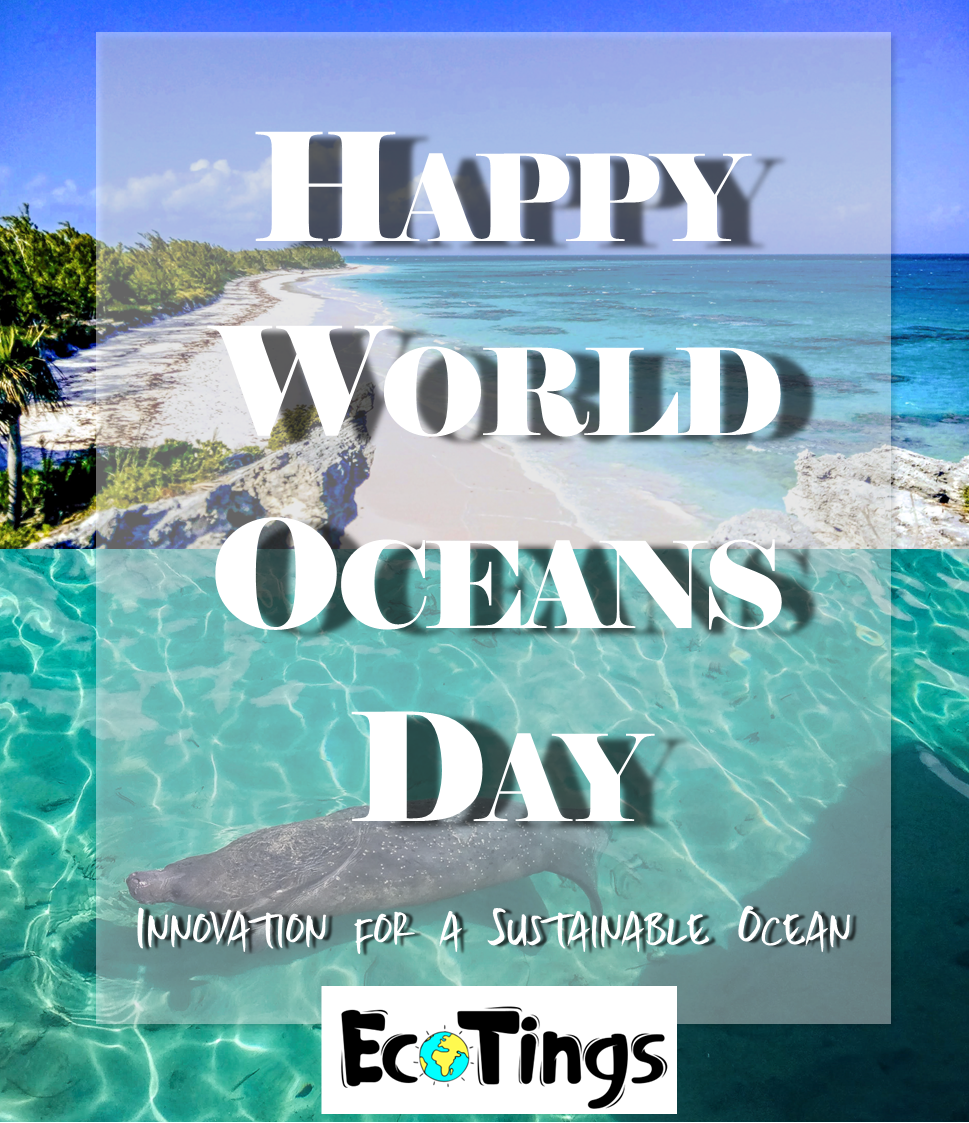Drop by for Eco Fun Facts
The Bougainvillea
World Turtle Day is celebrated on May 23 of every year
To celebrate the awesomeness of turtles, here are a few facts on turtles:
There are two types of turtles, sea turtles and freshwater turtles.
Turtles cannot leave their shells. Turtles grow with their shells and therefore the shell is a part of their body.
There are 7 living species of Sea Turtle found in the world and 4 of them can be found in The Bahamas. The Green, Hawksbill, Loggerhead and Leatherback can all be found in The Bahamas throughout the year.
Sea Turtles crawl out of the ocean and onto empty beaches to lay their eggs in the sand. The temperature of the sand determines the gender of the eggs. Hotter sand produces more females and cooler sand produces more males.
The Cat Island Slider, also known as the Jamaican Slider, is a native freshwater turtle that is found in The Bahamas as well as Jamaica.
5 Interesting Wetland Facts
A wetland is an area of land that is covered in water permanently or seasonally. Wetlands have some physical characteristics of wetlands are:
They are home to hydrophytes (which are plants that only grow in/on water)
They have hydric soil, meaning that the soil is always saturated with water. This results in the soil becoming anaerobic (lacking oxygen).
Wetlands support the highest level of biodiversity on earth:
Wetlands supply a source of water, food and shelter to many living organisms. Therefore large varieties of animals and plants make wetlands their homes.
Animals can use wetlands as nurseries for their young and even shelters for themselves during storms.
Wetlands protect lands from flooding and erosion:
Wetlands have water loving soil, which acts as a sponge and can absorb large amounts of water. This prevents flooding on land. It is estimated that 1 acre of land can absorb up to 1.5 million gallons of water.
Plants in wetlands have root systems that secure soil in place. This prevents erosion during storms and helps in soil deposition to build up land. Mangroves are well known for this.
Wetlands naturally filter water
When water passes through wetlands the water flow is slowed down by the plants in the wetland. As this flow is slowed down, sediment and other impurities fall out of the water column.
Plants in the wetlands also absorb excess nutrients link nitrogen and phosphorus from the surrounding water.
Wetlands effectively store carbon
Wetland plants absorb carbon dioxide (CO2) from the atmosphere through photosynthesis and covert it to oxygen.
When organic matter (living things) decomposes (breaks down) carbon dioxide is released into the atmosphere. Because the soil in wetlands lacks oxygen, it slows down the decomposition of any organic matter that falls into the wetland. Since the organic matter does not fully decompose, carbon is stored in the soils of wetlands for hundreds and thousands of years. By storing carbon, wetlands aid in reducing global warming.
The Crawfish Season
Crawfish, also known as Caribbean Spiny Lobster is the #1 export fishery in The Bahamas and earns $65- $75 million per year. However, for this fishery to be sustainable, it has to be managed. This is done by size regulations, catch regulations and most importantly, an open and closed season. The crawfish season is closed from April 1st to July 31st and this is mating season for crawfish. This allows them to reproduce without being disturbed, which keeps their populations stable. Respect the closed season and tell a friend!
What is World Oceans Day?
The United Nation celebrates World Oceans Day annually on June 8th. It was unofficially celebrated since 1992 and officially celebrated since 2008.
The ocean covers 70% of the earth’s surface and it is the is the source of 97% of the earth’s water. However, only 5% of the world’s oceans have been explored. Throughout that 5%, approximately 50-80% of all life on earth lives in the ocean.
For 2020 the theme of World Oceans Day is “Innovation for a Sustainable Ocean”. The goal for this year is to drive global leaders to protect at least 30% of our oceans by 2030.
As individuals we can protect our oceans in many ways such as:
Do not fish/catch out of legal fishing seasons
Do not fish/catch endangered or environmentally important species like sea turtles, sharks & parrotfish
Do not fish/catch undersized marine life
Do not support fishermen/women who sell species that are out of season, endangered, illegal and or environmentally important.
Fish sustainably
Do not litter
Reduce or eliminate your single use plastic consumption
Visit: https://worldoceansday.org/ for more information.





